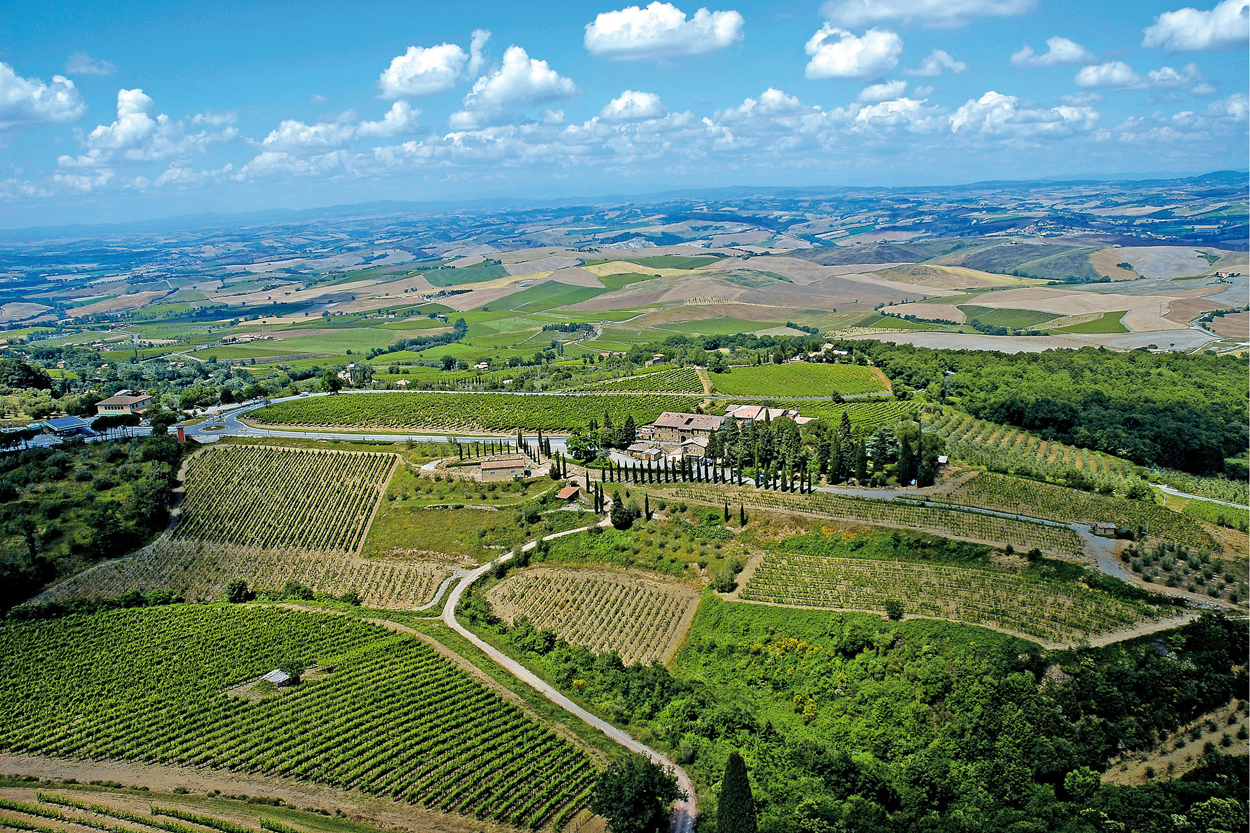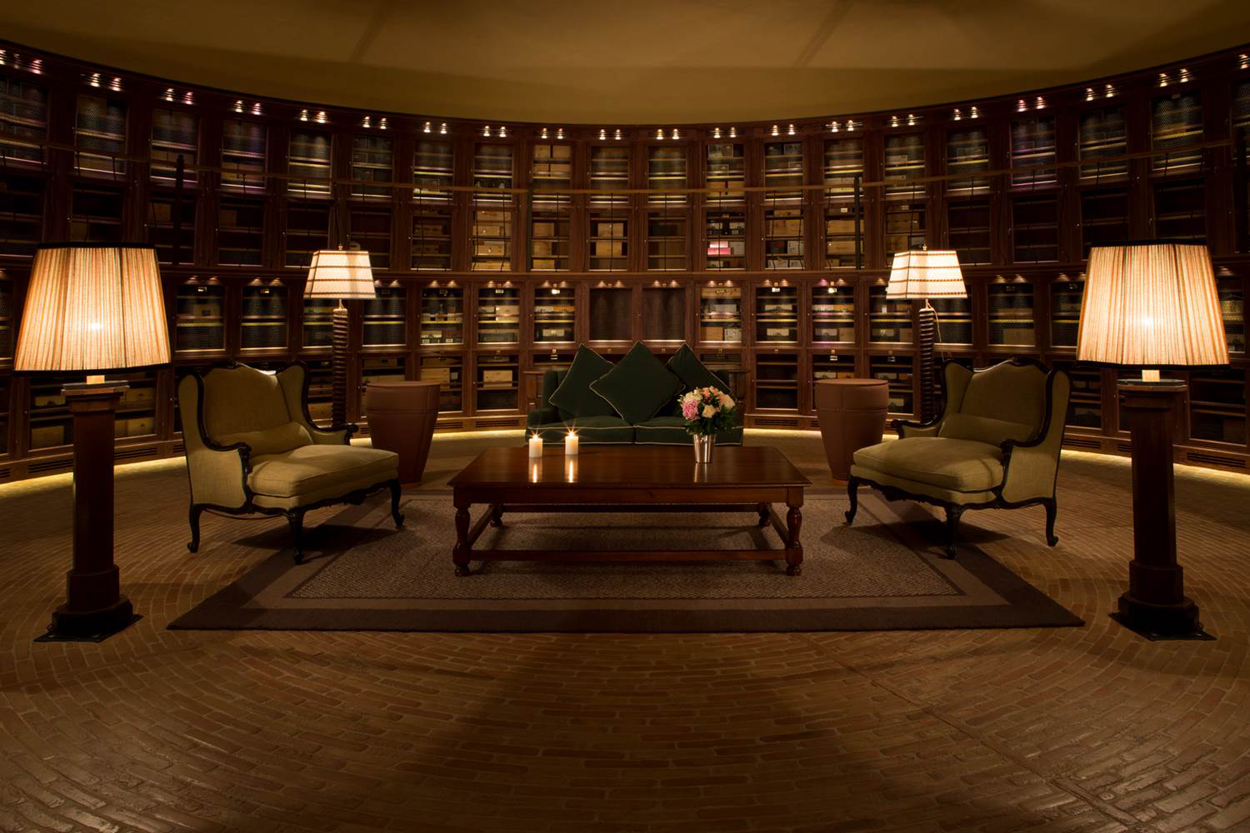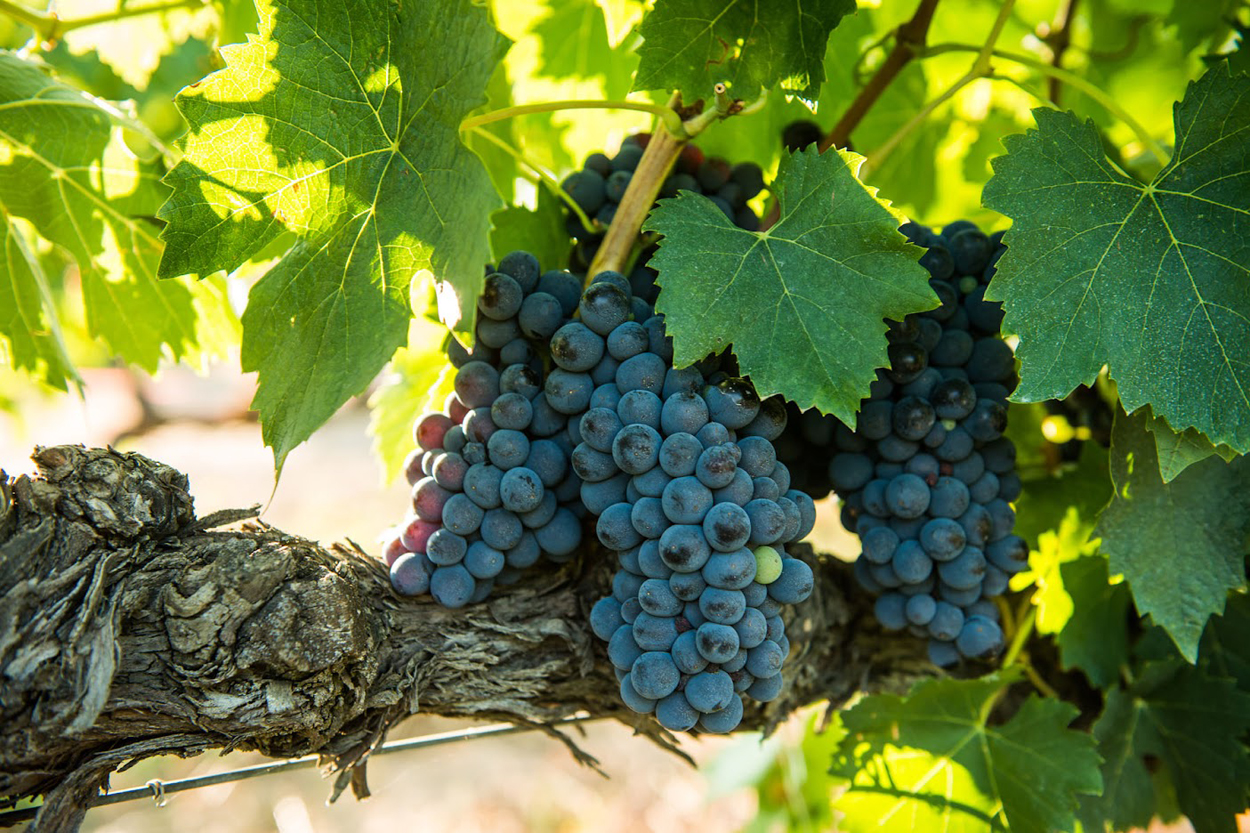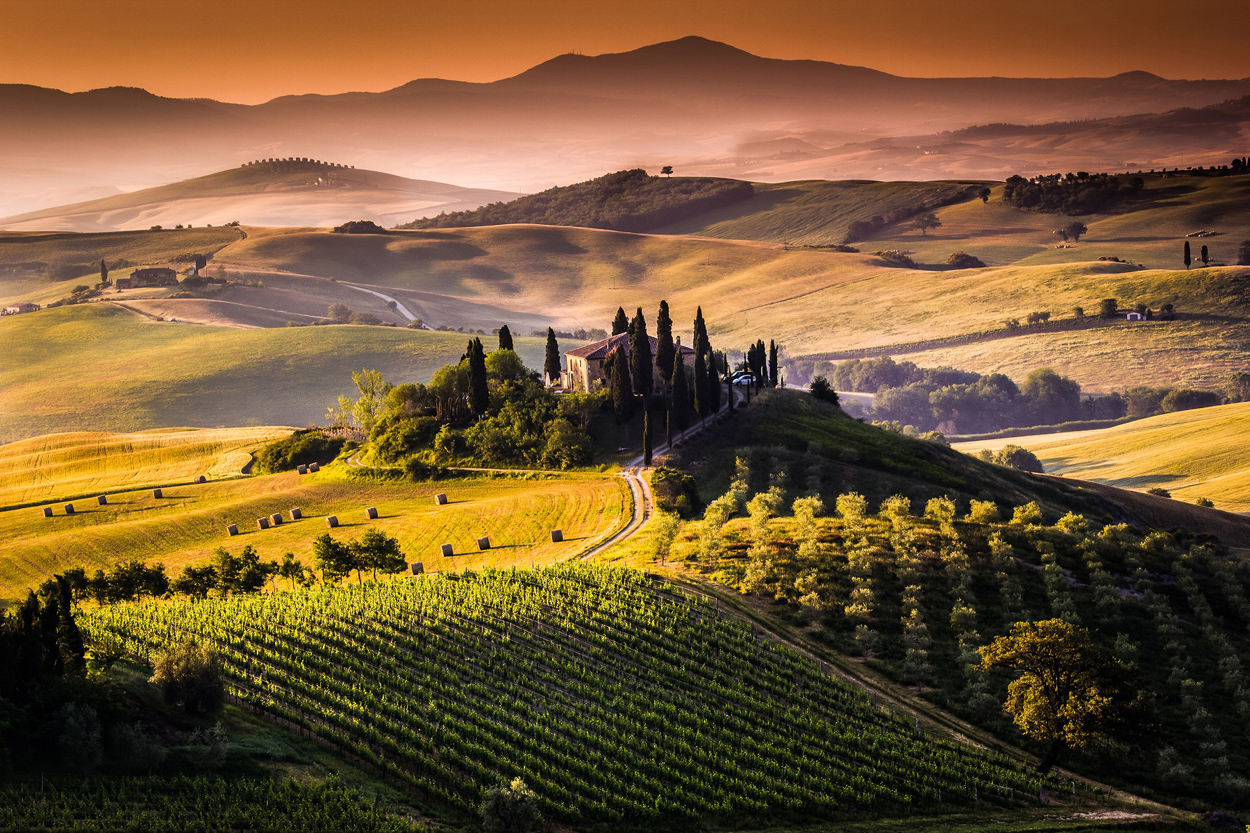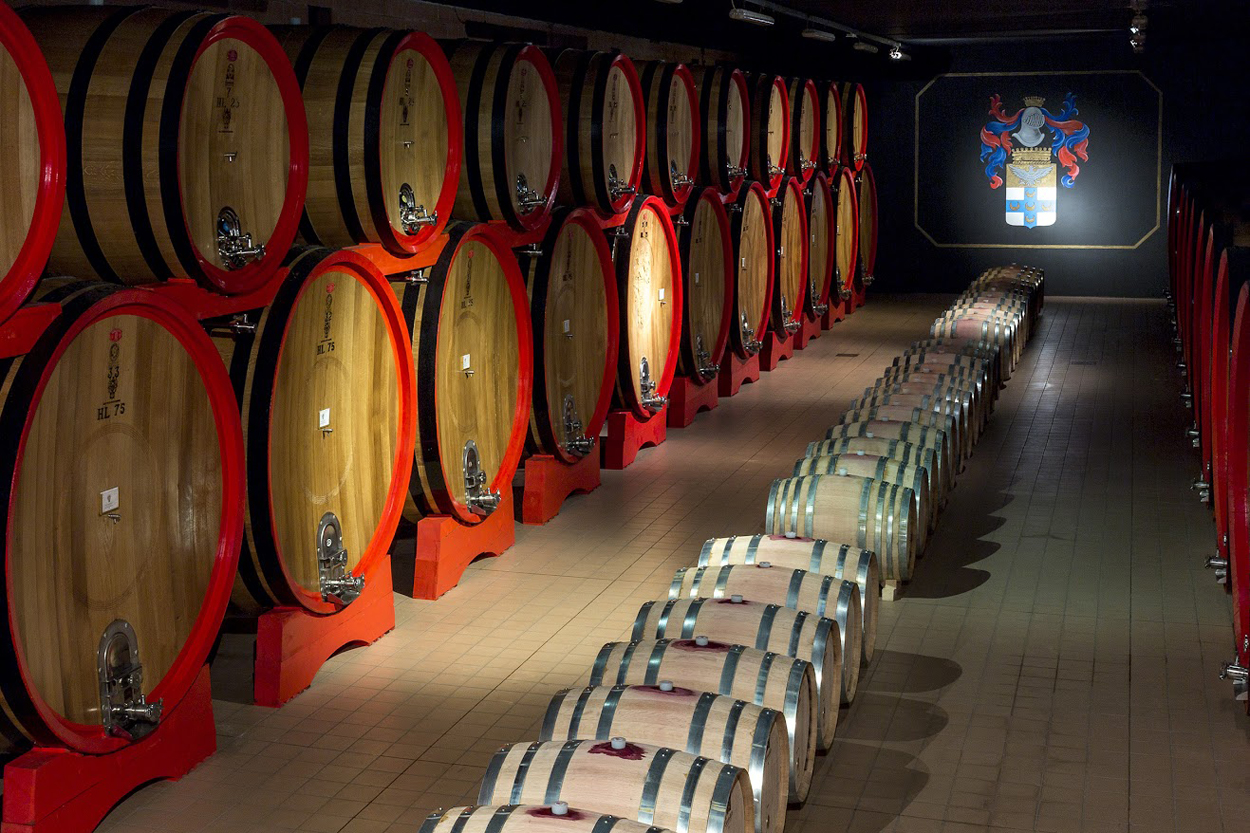Located in the province of Siena, 30 miles south of the city with the same name, the medieval village of Montalcino sits atop a jigsaw puzzle of vineyards and cypress trees that encircle the town. It can be said it is the most famous DOCG in Tuscany (perhaps for the exception of Chianti) and is considered the prize jewel in Tuscany’s crown.
Despite its modern-day fame, Brunello di Montalcino is a relatively young appellation, as it was in 1888 when Clemente Santi (founder of Biondi-Santi), who first bottled Brunello di Montalcino as we know it. Interest in the area and its wines waned over the next century due to war, depression, and migration to the larger Italian cities. However, everything changed when DOC status was achieved in 1966, followed by an upgrade to DOCG status in 1980; awakening a movement that saw the number of new estates grow from 11 in 1960, to over a staggering 250 by 2010.
Brunello di Montalcino is produced from Sangiovese Grosso, known locally as “Brunello”, and must be made in purezza (meaning 100% Sangiovese). By law, it cannot be released onto the market before 1st January of the fifth year following the harvest (six years if it is a Brunello di Montalcino Riserva) and needs to be aged for a minimum of two years in oak, followed by a minimum four months in bottle (six months for a Riserva).
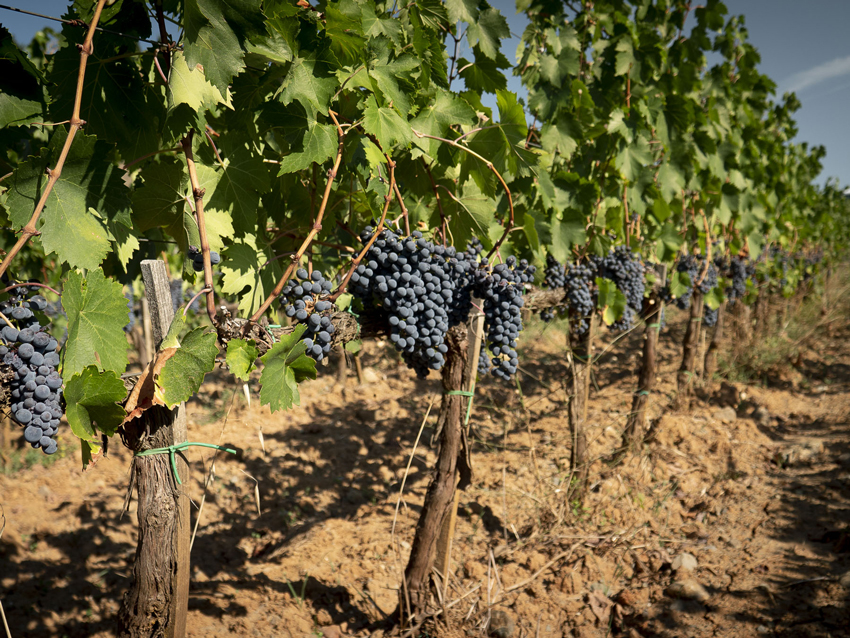
In its simplest form, Montalcino can be best divided into two main sectors: north, and south. The north is found at higher altitudes where the cooling winds, unique microclimates and stony-galestro soils combine to produce elegant, pure, and refined wines. The south, on the other hand, is found at lower altitudes where soils are more loam, silty, and clay dominant, which in turn, create fuller, complex, and more powerful wines.
However, upon closer inspection, Montalcino boasts a highly complex patchwork of zones, microclimates and vineyards producing many different styles of wine. The topic of introducing an official zoning system has been hotly debated with some stating it will result in greater clarity of regional style, making Brunello di Montalcino more accessible and appealing to consumers. In theory, a basic zoning system could be based on the small villages and surrounding land that encircle Montalcino such as Buonconvento (northwest), Torrenieri (northeast), Castelnuovo dell’Abate (southeast), as well as Camigliano and Sant’Angelo [in Colle and Scalo] (southwest).
This approach would be akin to the already established communes of Burgundy, such as Gevrey-Chambertin, Vosne-Romanée, and Nuits-Saint-Georges as well as the appellations of Pauillac, Margaux, and Pomerol in Bordeaux. However, there is reluctance from some estates who claim that lesser regarded areas in the region would be unfairly criticised by wine critics and in turn, be undervalued and neglected by consumers. In addition to this, most producers own vines throughout the region and make their Brunello di Montalcino from several plots or vineyards, and therefore see the introduction of designated zoning as counterproductive.
Nevertheless, there is a small group who would like to go (and in some cases have gone) one step further, by highlighting and promoting specific plots and single vineyards that have distinct characteristics thanks to unique terroir. Of course, this is not a new concept as properties have been making single vineyard wines for decades such as Il Marroneto’s ‘Madonna delle Grazie’, Altesino’s ‘Montsoli’ and Gianni Brunelli’s ‘Le Chiuse di Sotto’.
Leading Italian wine critic, Ian d’Agata, discusses in his book Italy’s Native Wine Grape Terroirs (2019) that “creating meaningful subzones is never a bad thing, for this increases curiosity about a denomination, encourages more listings in wineshops and on wine lists, and creates a sense of somewhere-ness for the wines that is always a plus, both culturally and commercially… I have always been in favor of establishing, and fostering, wine-township self-identity, though I realize it is a complex issue. And when it comes to Montalcino, it is even more complex than usual.” And so, for now, the heated debate rages on…
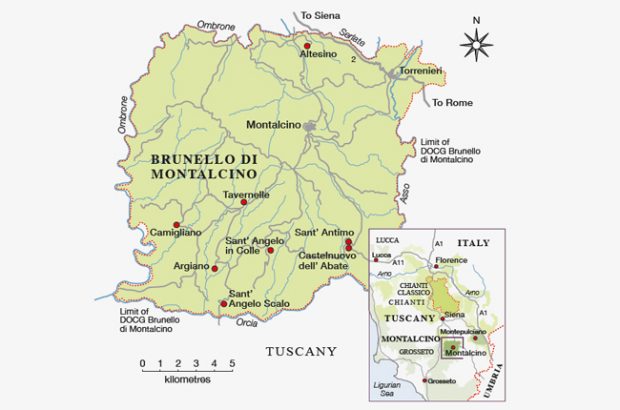
credit: decanter.com
We are proud to have worked with some of the best estates in the region for almost twenty years and our Brunello di Montalcino 2020 En Primeur campaign is now live: discover the campign.
Do read the Brunello di Montalcino 2020 vintage review to learn about the growing season and build up to harvest as well as the leading critics thoughts on the latest release. Browse all wines available for purchase in this campaign, or if you wish to discuss options further please call me in the office on 01325 776446, where I will be happy to guide you through the vintage.

